 W
WJames Hamilton, 5th Duke of Abercorn, is a British nobleman, peer, and politician. He became Duke of Abercorn in the Peerage of Ireland on the death of his father in June 1979. He is the son of James Edward Hamilton, 4th Duke of Abercorn, and Hon. Kathleen Crichton. He is a former politician and Lord Steward of the Household.
 W
WLieutenant Colonel John Henry Guy Nevill, 5th Marquess of Abergavenny, was a British peer.
 W
WThe Honourable Richard Bagot was an English bishop.
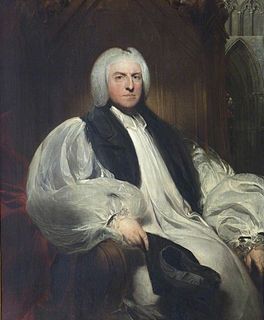 W
WShute Barrington was an English churchman, Bishop of Llandaff in Wales, as well as Bishop of Salisbury and Bishop of Durham in England.
 W
WRichard Beauchamp was a medieval Bishop of Hereford and Bishop of Salisbury.
 W
WJohn Blyth or John Blythe was a medieval Bishop of Salisbury.
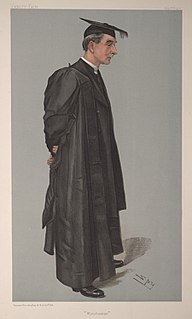 W
WHubert Murray Burge was an Anglican priest, headmaster of Winchester College, Bishop of Southwark and Bishop of Oxford.
 W
WThomas Burgess was an English author, philosopher, Bishop of St David's and Bishop of Salisbury.
 W
WWilliam Cecil, 1st Baron Burghley was an English statesman, the chief adviser of Queen Elizabeth I for most of her reign, twice Secretary of State and Lord High Treasurer from 1572. In his description in the Encyclopædia Britannica Eleventh Edition, Albert Pollard wrote, "From 1558 for forty years the biography of Cecil is almost indistinguishable from that of Elizabeth and from the history of England."
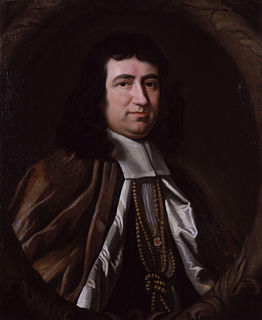 W
WGilbert Burnet was a Scottish philosopher and historian, and Bishop of Salisbury. He was fluent in Dutch, French, Latin, Greek, and Hebrew. Burnet was highly respected as a cleric, a preacher, an academic, a writer and a historian. He was always closely associated with the Whig party, and was one of the few close friends in whom King William III confided.
 W
WPeter Alexander Rupert Carington, 6th Baron Carrington, Baron Carington of Upton,, was a British Conservative politician and hereditary peer who served as defence secretary from 1970 to 1974, foreign secretary from 1979 to 1982, chairman of British General Electric Company from 1983 to 1984, and secretary general of NATO from 1984 to 1988. In the first government of Margaret Thatcher, he played a major role in negotiating the Lancaster House Agreement that ended the racial conflict in Rhodesia and enabled the creation of Zimbabwe.
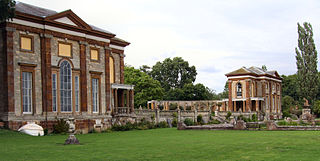 W
WSir Francis Crane was the founder of Mortlake Tapestry Works at Mortlake on the south bank of the river Thames in South West London.
 W
WJohn Douglas was a Scottish scholar and Anglican bishop.
 W
WJohn Fisher was a 19th-century Church of England bishop, serving as Bishop of Exeter, then Bishop of Salisbury.
 W
WJohn Gilbert was Archbishop of York from 1757 to 1761.
 W
WCharles Gore was a Church of England bishop, first of Worcester, then Birmingham, and finally of Oxford. He was one of the most influential Anglican theologians of the 19th century, helping reconcile the church to some aspects of biblical criticism and scientific discovery, while remaining Catholic in his interpretation of the faith and sacraments. Also known for his social action, Gore became an Anglican bishop and founded the monastic Community of the Resurrection as well as co-founded the Christian Social Union. He was the chaplain to Queen Victoria and King Edward VII.
 W
WEdward Frederick Lindley Wood, 1st Earl of Halifax,, known as The Lord Irwin from 1925 until 1934 and The Viscount Halifax from 1934 until 1944, was a senior British Conservative politician and diplomat of the 1930s. He held several senior ministerial posts during this time, most notably those of Viceroy of India from 1925 to 1931 and of Foreign Secretary between 1938 and 1940. He was one of the architects of the policy of appeasement of Adolf Hitler in 1936–38, working closely with Prime Minister Neville Chamberlain. However, after Kristallnacht and the German occupation of Czechoslovakia in March 1939 he was one of those who pushed for a new policy of attempting to deter further German aggression by promising to go to war to defend Poland.
 W
WRobert Hay, known later as Robert Hay-Drummond of Cromlix and Innerpeffray, was successively Bishop of St Asaph, Bishop of Salisbury, and, from 1761 until his death, Archbishop of York.
 W
WBenjamin Hoadly was an English clergyman, who was successively Bishop of Bangor, of Hereford, of Salisbury, and finally of Winchester. He is best known as the initiator of the Bangorian Controversy.
 W
WJohn Hume was an English bishop.
 W
WCharles John Lyttelton, 10th Viscount Cobham, was the ninth Governor-General of New Zealand and an English cricketer from the Lyttelton family.
 W
WJohn Fielder Mackarness was a Church of England bishop.
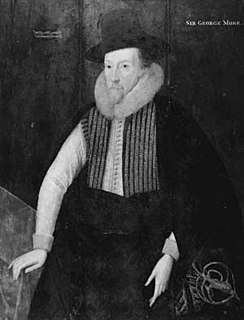 W
WSir George More was an English courtier and politician who sat in the House of Commons at various times between 1584 and 1625.
 W
WFrancis Paget was an English theologian, author and the 33rd Bishop of Oxford.
 W
WSir James Palmer was an English Member of Parliament and Chancellor of the Order of the Garter.
 W
WSir Amias Paulet of Hinton St. George, Somerset, was an English diplomat, Governor of Jersey, and the gaoler for a period of Mary, Queen of Scots.
 W
WSir William Petre was Secretary of State to three successive Tudor monarchs, namely Kings Henry VIII, Edward VI and Queen Mary I. He also deputised for the Secretary of State to Elizabeth I.
 W
WWilliam John Arthur Charles James Cavendish-Bentinck, 6th Duke of Portland,, known as William Cavendish-Bentinck until 1879, was a British landowner, courtier, and Conservative politician. He notably served as Master of the Horse between 1886 and 1892 and again between 1895 and 1905.
 W
WSir Thomas Roe was an English diplomat of the Elizabethan and Jacobean periods. Roe's voyages ranged from Central America to India; as ambassador, he represented England in the Mughal Empire, the Ottoman Empire, and the Holy Roman Empire. He sat in the House of Commons at various times between 1614 and 1644. Roe was an accomplished scholar and a patron of learning.
 W
WRobert Arthur James Gascoyne-Cecil, 5th Marquess of Salisbury,, known as Viscount Cranborne from 1903 to 1947, was a British Conservative politician.
 W
WThomas Sherlock was a British divine who served as a Church of England bishop for 33 years. He is also noted in church history as an important contributor to Christian apologetics.
 W
WSir Thomas Smith was an English scholar, parliamentarian and diplomat.
 W
WThomas Banks Strong was an English Anglican bishop and theologian. He served as Bishop of Ripon and Oxford. He was also Dean of Christ Church, Oxford and served as Vice-Chancellor of Oxford University during the First World War.
 W
WWilliam Stubbs was an English historian and Anglican bishop. He was Regius Professor of Modern History at the University of Oxford between 1866 and 1884. He was Bishop of Chester from 1884 to 1889 and Bishop of Oxford from 1889 to 1901.
 W
WWilliam Talbot was an English Anglican bishop. He was Bishop of Oxford from 1699 to 1715, Bishop of Salisbury from 1715 to 1722 and Bishop of Durham from 1722 to 1730.
 W
WJohn Thomas (1691–1766) was an English Bishop of Lincoln and Bishop of Salisbury.
 W
WJohn Thomas was an English bishop.
 W
WSir Henry de Vic, 1st Baronet was a Guernsey born courtier.
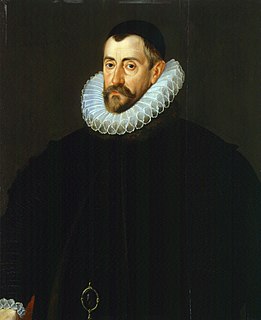 W
WSir Francis Walsingham was principal secretary to Queen Elizabeth I of England from 20 December 1573 until his death and is popularly remembered as her "spymaster".
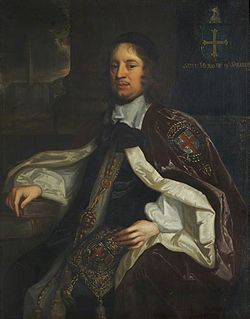 W
WSeth Ward was an English mathematician, astronomer, and bishop.
 W
WSamuel Wilberforce, FRS was an English bishop in the Church of England, and the third son of William Wilberforce. Known as "Soapy Sam", Wilberforce was one of the greatest public speakers of his day. He is now best remembered for his opposition to Charles Darwin's theory of evolution at a debate in 1860.
 W
WRichard Willis (1664–1734) was an English bishop.
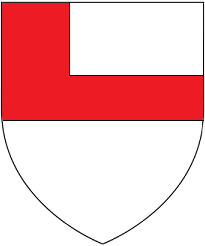 W
WLionel Woodville was a Bishop of Salisbury in England.